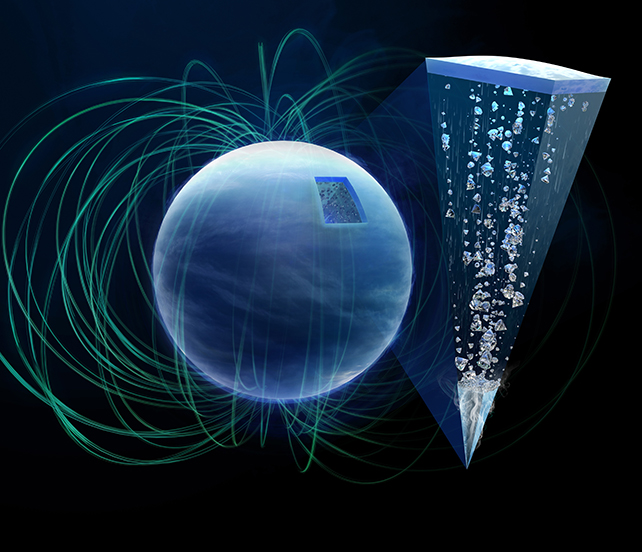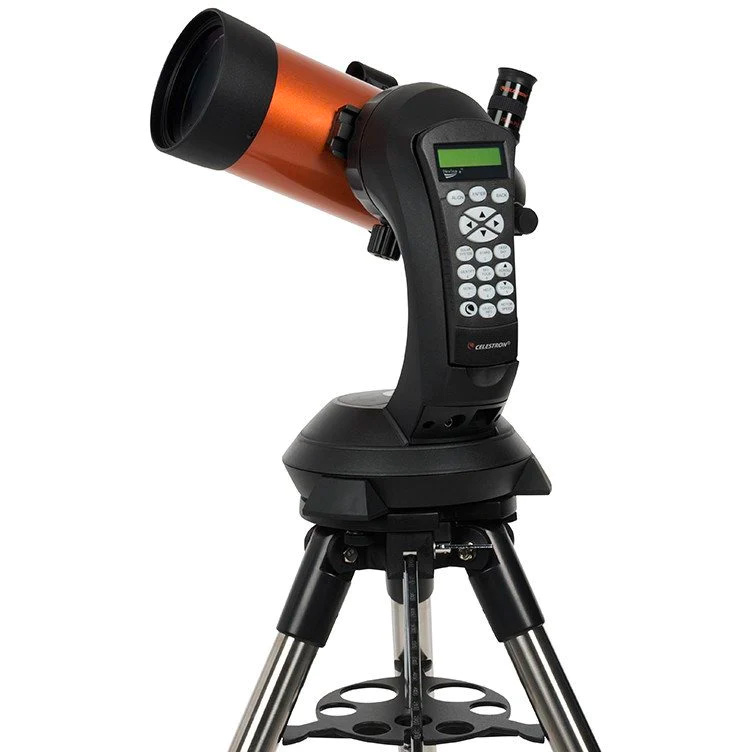It would be an amazing sight to witness diamond rain falling from the sky if we were able to travel through the extreme conditions of Neptune’s atmosphere. According to a recent study conducted by an international group of researchers, this phenomenon may be quite common throughout the Universe. The extreme temperatures and pressures found deep in the atmospheres of giant, icy gas planets such as Neptune and Uranus can cause carbon to form into solid diamond particles by breaking down hydrocarbons like methane and allowing the carbon atoms to connect to four others, forming crystals.
The study’s experiments have revealed that the temperature and pressure requirements for diamond formation are lower than previously believed. This means that diamond rain could occur on smaller gas planets, known as ‘mini-Neptunes’, which are abundant outside our Solar System. These findings may also provide insight into the mysteries surrounding the magnetic fields of Uranus and Neptune.
The team responsible for the study utilized the European XFEL (X-Ray Free-Electron Laser) to observe diamonds forming from a hydrocarbon compound called polystyrene film under high pressures. This prolonged observation indicated that while intense pressure and high temperatures are still necessary, they may not need to be as extreme as previously thought. This suggests that diamonds could form at shallower depths on planets, influencing their magnetic fields more directly than previously understood.
Unlike Earth, ice planets like Neptune and Uranus do not have symmetrical magnetic fields, which has been a perplexing issue until now. The presence of diamonds could help to explain this phenomenon by affecting the conductive ices within these planets and influencing the generation of their magnetic fields.
This research presents an intriguing puzzle for future study to delve into further. In the coming years, scientists may continue to make progress in understanding how this process operates on distant planets and its potential implications. Perhaps one day, we will have the opportunity to conduct field research in the challenging atmospheres of Neptune and Uranus to witness firsthand the formation of diamond rain. The study has been published in Nature Astronomy.


Diamonds May Exist on More Planets Than We Thought












